The Canada lynx is a medium-sized wild cat with long hind legs. They inhabit Canada and the United States, primarily in forested areas.
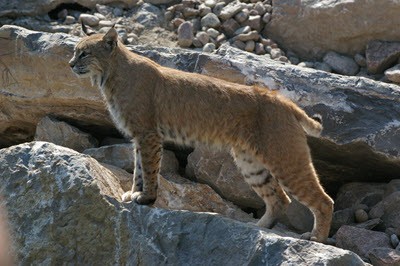
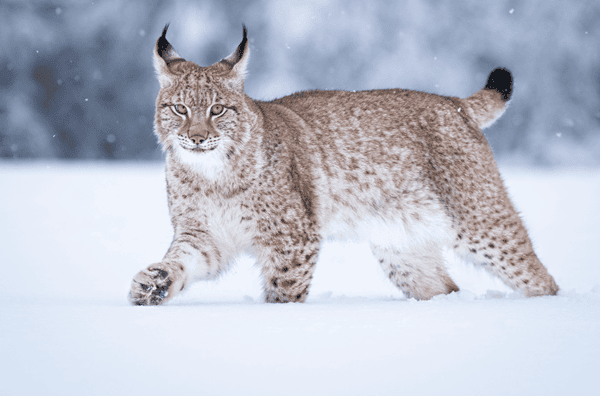
Conservation Status: Least Concern
Scientific Name: Lynx Canadensis
Lineage: The Canada lynx belongs to the Lynx lineage, along with the bobcat, European lynx and Iberian lynx.
Meaning of the name: From Latin “lynx”, from the Greek word Lyngx, and possibly from a word dating back to the Indo-European language that meant “light, brightness” in regards to the cat’s shinning eyes and ability to see in the dark.
Interesting Canada lynx facts
- Has very thick fur
- Has triangular ears with black tufts at the tips
- Back legs are longer than the front legs, which makes the lynx look like it is always bent forward
- It’s similar in size to the bobcat, but its legs make it look longer.
- Its gigantic paws are like snowshoes
- Member of the lynx lineage
- A good swimmer and climber
About the Canada Lynx
Physical appearance
The cat’s face has a fur fringe with black, tufted ears. Its paws are also covered in thick fur and act like snowshoes, helping the cat move fast and quickly through the snow. The cat looks like a bobcat but has longer tufts and a black tip on its tail. The bobcat also has shorter legs and smaller feet.
They hunt at twilight or night when their primary prey, the snowshoe hare, is most active.
The cat has a thick silver and brown coat with dense fur around its face and black tufted (hair attached at the base with loose upper ends) ears. It is more than twice the size of a domestic cat. The front legs of the cat are shorter than the back legs. During the summer, the cat’s coat is red-brown with some grey. In the winter, the grey increases. The cat has a white underbelly and broad paws covered with thick fur.
| Low | High | |
| Length – Male | 29 inches | 42 inches |
| Length – Female | 29 inches | 32 inches |
| Height – Male | 24 inches | 24 inches |
| Height – Female | 24 inches | 24 inches |
| Weight – Male | 13 lbs | 44 lbs. |
| Weight – Female | 11 lbs. | 26 lbs. |
| Tail | 2 inches | 8 inches |
Territory
The Canada lynx can be found throughout North America, including Canada, Alaska, and New Mexico in the United States. Large populations can be found in Oregon, Washington, Montana, and Wyoming. It is rare to find one in New England, Minnesota, or Utah.
Hunting and prey (diet)
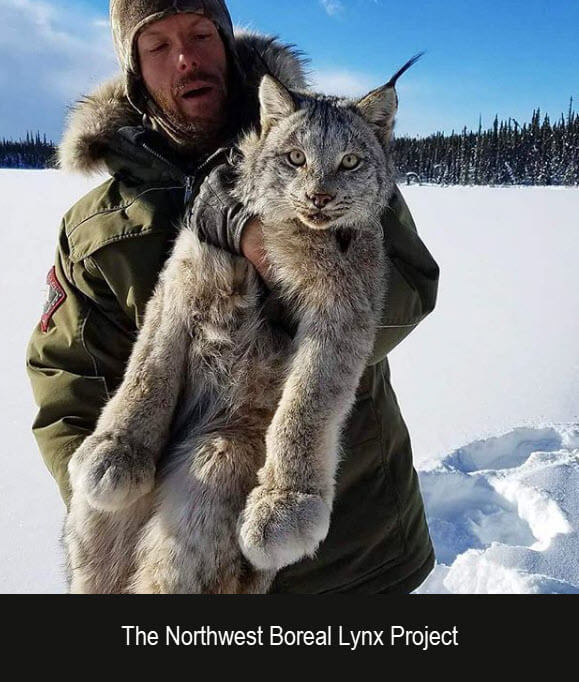 Although the Canada lynx is primarily a nocturnal animal, like its prey, the snowshoe hare, it can also be seen during the day. The cat will travel up to 6 miles to find food. It hunts mostly on flat land but can also climb trees to escape predators. The snowshoe hare is 75% of its diet. The lynx will eat as many as two snowshoe hares a day. It will also prey on squirrels, voles, moles, ducks, young sheep, deer, and reindeer. The cat’s diet is usually more varied during the summer. They use sight and sound to find prey and eat what they catch immediately or over a few days.
Although the Canada lynx is primarily a nocturnal animal, like its prey, the snowshoe hare, it can also be seen during the day. The cat will travel up to 6 miles to find food. It hunts mostly on flat land but can also climb trees to escape predators. The snowshoe hare is 75% of its diet. The lynx will eat as many as two snowshoe hares a day. It will also prey on squirrels, voles, moles, ducks, young sheep, deer, and reindeer. The cat’s diet is usually more varied during the summer. They use sight and sound to find prey and eat what they catch immediately or over a few days.
Canada lynx reproduction and lifespan
Females are pregnant for about 64 days. Litters are born in a den that is usually located in thick brush. There are one to four kittens in a litter. The kittens’ eyes are blue at birth but become hazel-brown as they age. Females raise the kittens. They begin hunting at around seven to nine months of age. Canada lynx live up to 14 years in captivity, but their lifespan in the wild is unknown.
Conservation
The conservation status of the Canada lynx is Least Concern. However, its population has declined in several areas due to habitat loss. The cat is also hunted for its fur. It has been designated a Threatened species in the southernmost 48 states.
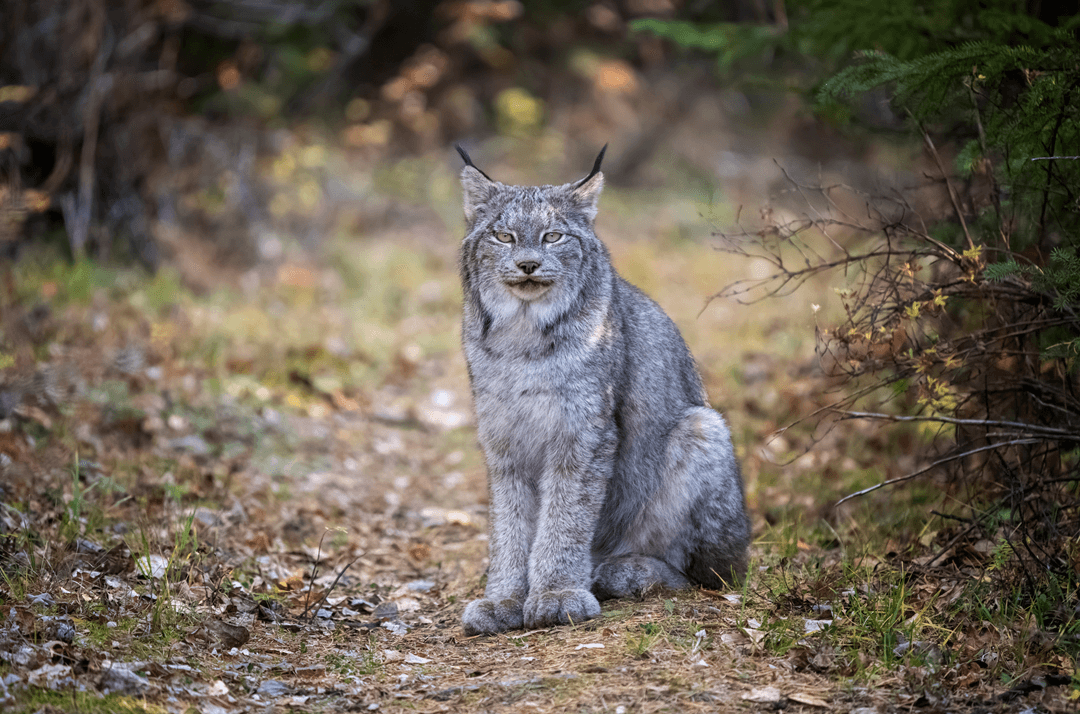

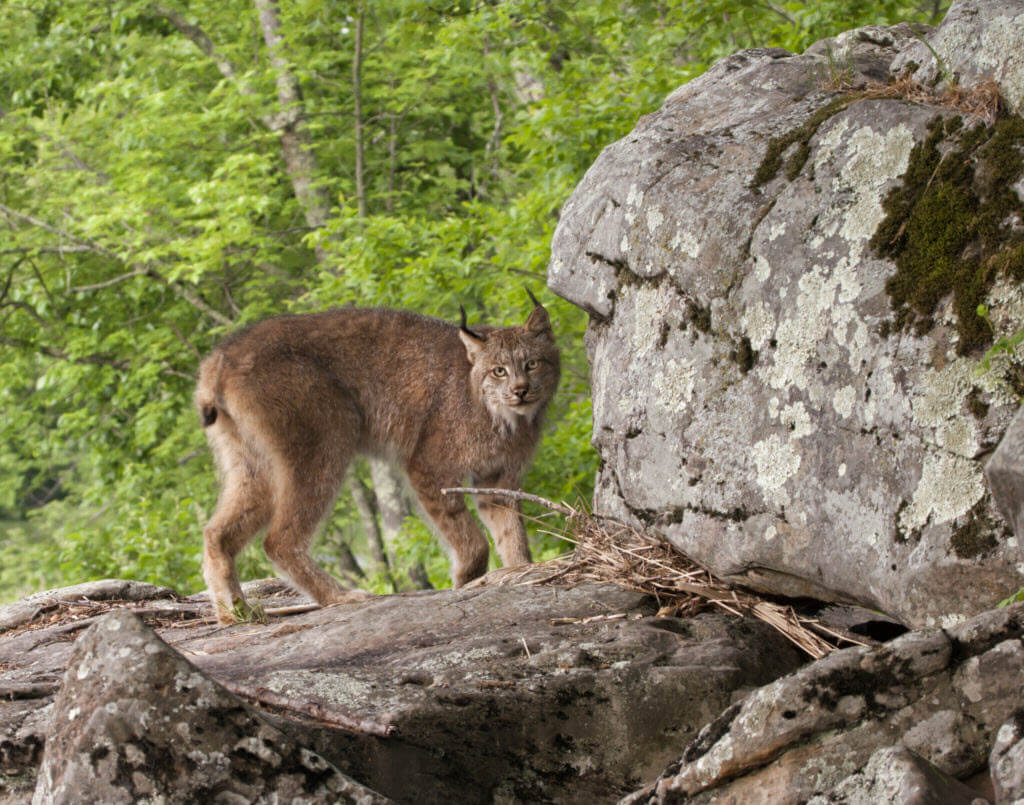
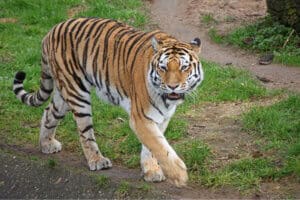
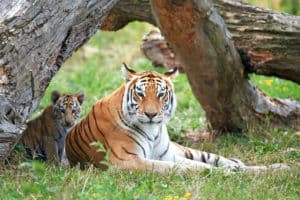
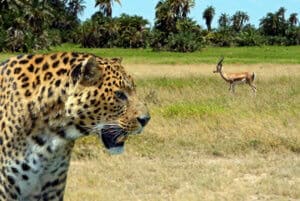

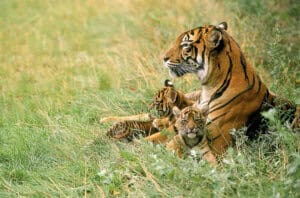
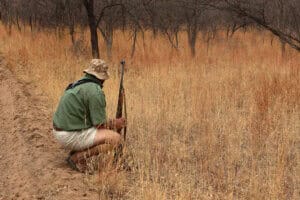
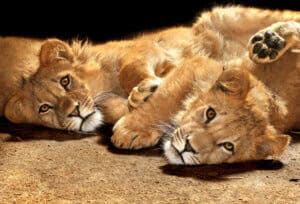
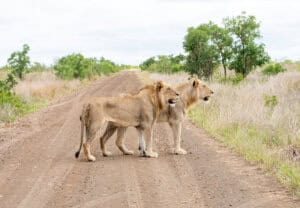
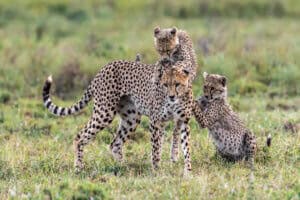
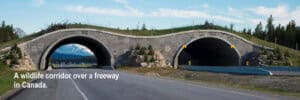

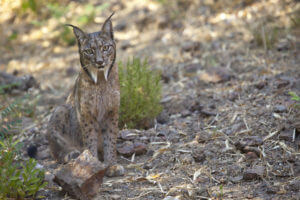




Beautiful…I’ve seen them in the wild in northern Maine. A ton of respect…supremely adapted to the harsh conditions of northern maine and Canada